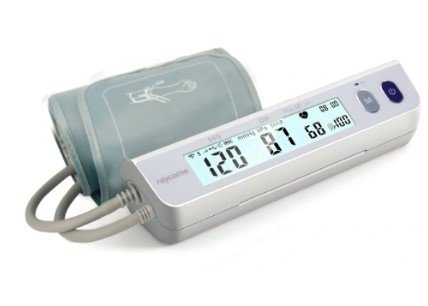Rapid Diagnostic Testing, Antibiotic Stewardship, and New Antibiotics in the United States Medical Laboratories: Strategies and Developments
Summary
- Increased emphasis on rapid diagnostic testing
- Implementation of antibiotic stewardship programs
- Continued research into new antibiotics and alternative treatments
Rapid Diagnostic Testing
In the face of increasing antibiotic resistance, medical laboratories in the United States are implementing various measures to combat this growing threat. One key strategy being employed is the use of rapid diagnostic testing. These tests are able to quickly identify the specific pathogen causing an infection, allowing Healthcare Providers to tailor their treatment to the specific strain and avoid unnecessary antibiotic use.
- Rapid identification of pathogens
- Antibiotic susceptibility testing
Traditional culture-based methods can take days to produce results, leading to the overuse of broad-spectrum antibiotics while waiting for the specific pathogen to be identified. Rapid Diagnostic Tests, such as PCR or MALDI-TOF, can provide results in a matter of hours, allowing for more targeted treatment.
Some rapid Diagnostic Tests also include antibiotic susceptibility testing, which can quickly determine which antibiotics are effective against the identified pathogen. This information can help Healthcare Providers choose the most appropriate antibiotic for treatment, reducing the spread of resistant strains.
Antibiotic Stewardship Programs
Another key measure being implemented by medical laboratories is the establishment of antibiotic stewardship programs. These programs aim to optimize antibiotic use to improve patient outcomes, reduce microbial resistance, and decrease the spread of infections caused by multidrug-resistant organisms.
- Guidelines for antibiotic use
- Education and training
Antibiotic stewardship programs provide guidelines and protocols for Healthcare Providers to follow when prescribing antibiotics. This helps to ensure that antibiotics are only used when necessary and that the most appropriate drug is selected for each patient.
Medical laboratories are also involved in educating Healthcare Providers about the risks of antibiotic overuse and the importance of following antibiotic stewardship guidelines. Training programs are often implemented to help providers understand the principles of responsible antibiotic use.
Research into New Antibiotics
Despite efforts to curb antibiotic resistance, new drugs are still needed to combat emerging resistant pathogens. Medical laboratories in the United States are actively engaged in research to discover and develop new antibiotics, as well as alternative treatments for bacterial infections.
- Drug discovery efforts
- Alternative treatment options
Scientists are conducting research to identify new compounds that have the potential to be developed into effective antibiotics. This involves screening libraries of existing drugs, as well as exploring natural sources for novel antimicrobial agents.
In addition to new antibiotics, medical laboratories are also investigating alternative treatment options for bacterial infections. This includes therapies such as phage therapy, which uses bacteriophages to target and kill specific bacterial strains without the use of traditional antibiotics.

Disclaimer: The content provided on this blog is for informational purposes only, reflecting the personal opinions and insights of the author(s) on the topics. The information provided should not be used for diagnosing or treating a health problem or disease, and those seeking personal medical advice should consult with a licensed physician. Always seek the advice of your doctor or other qualified health provider regarding a medical condition. Never disregard professional medical advice or delay in seeking it because of something you have read on this website. If you think you may have a medical emergency, call 911 or go to the nearest emergency room immediately. No physician-patient relationship is created by this web site or its use. No contributors to this web site make any representations, express or implied, with respect to the information provided herein or to its use. While we strive to share accurate and up-to-date information, we cannot guarantee the completeness, reliability, or accuracy of the content. The blog may also include links to external websites and resources for the convenience of our readers. Please note that linking to other sites does not imply endorsement of their content, practices, or services by us. Readers should use their discretion and judgment while exploring any external links and resources mentioned on this blog.
